The "golden" time
Arriving at the foot of Phnom Pi mountain in a hot summer afternoon, following the instructions of the local people, I crept into Phnom Pi pottery village. It is called pottery village because about 30 years ago, in Phnom Pi hamlet there were several dozen Khmer families practicing this profession. After asking many times, I found the house of Mrs. Neang Soc Nat, who still preserves the Phnom Pi pottery making profession.
In front of her house, she was drying some newly molded pots, the soil had not yet dried. Next to them, all kinds of traditional tools such as pounding tables, trowels, tables, water basins, etc. were displayed. Slowly and honestly, Mrs. Neang Soc Nat told me about the "golden" period of Phnom Pi pottery.
“I don’t remember when pottery started, I only know that my grandmother and mother started making pottery a long time ago. I am the third generation in my family. When I was 14 or 15 years old, I learned pottery from my mother, who is now over 50 years old. In fact, the pottery profession in Phnom Pi is over 100 years old,” Ms. Neang Soc Nat recalls.
Khmer women in Phnom Pi hamlet are preserving their traditional craft. Photo: THANH TIEN
In the slow story of that woman, I saw the image of strong, muscular Khmer men pulling each other up Phnom Pi mountain to carry soil back. The soil on the homeland mountain is both flexible, smooth and cohesive to create strong, durable ceramic products later. For experienced potters like Mrs. Neang Soc Nat, it must be the soil from Phnom Pi mountain to produce products that carry the "soul" of the old craft village.
She said that the soil is mixed with water and left to ferment for 2-3 days before being used to make pottery. With skillful hands, Khmer women have created clay pots, clay pots, cake molds, and clay pots. In fact, the purpose of Phnom Pi pottery is to serve daily life, so it does not require high levels of craftsmanship. However, with meticulousness, hard work, and love for the homeland, Khmer women have given the world quality products, with a beauty as genuine as the people's eating habits and way of thinking.
“Back then, there were a lot of people making pottery! There were always several fires in the village to burn the pottery. Phnom Pi pottery was not fired in a kiln, but only by burning straw and firewood. If the pottery was “burned” enough, it would have a reddish-brown color and would be very durable. Almost every day, there were customers coming to buy the pottery to sell elsewhere. My family also had food all year round thanks to the pottery business,” Ms. Neang Soc Nat affirmed.
"Preserving the soul" of the pottery village
Nowadays, the number of people still involved in pottery making in Phnom Pi hamlet can be counted on one hand. People like Mrs. Neang Soc Nat are on a mission to “keep the fire” of the craft village alive. Next to Mrs. Neang Soc Nat’s house, there are also seniors like Neang Nhay, Neang Sa Ra… who are also nearing “retirement” age, but still working hard at their craft. It’s just that Phnom Pi pottery is no longer suitable for modern life.
“Nowadays, people only use gas stoves and electric stoves, so clay stoves are no longer useful. Only food traders or families in the countryside who still have wood stoves use them, so the need for them is low. Therefore, young people in Phnom Pi hamlet do not follow the pottery profession, they have all gone to work. Only me and my aunts and sisters know the profession, so we try to keep it. Besides, some customers in the neighboring area also come to buy pottery, so I can still make a living from this profession,” said Mrs. Neang Soc Nat sincerely.
Phnom Pi ceramic products are durable and serve human life. Photo: THANH TIEN
As a “colleague” of Mrs. Neang Sóc Nat, Mrs. Neang Sa Ra is also trying to preserve the profession that she has followed since her childhood. “I am old, so I try to keep doing this job as long as I can. At my age, there is nothing else I can do. Luckily, the roads are easy to travel, so I hire someone to bring the soil to my door, and with my skills, I can make a batch of pottery. Every day, I make 3-4 pots, earning 150,000 VND, enough to cover my family's living expenses,” Mrs. Neang Sa Ra shared.
For this Khmer woman, making Phnom Pi pottery is not just a job. It is a memory, a place that contains the imprints and past years of her life. Therefore, even though her eyes are no longer as clear and her hands are no longer as flexible as when she was young, she still works diligently and meticulously on each product. She said that she will stick with the job until she can no longer do it.
In my conversation with the simple Khmer women, I came across small, pretty Phnom Pi ceramic products that fit comfortably in the hand. They said that some travel agencies have ordered such products as gifts, at a price of 30,000 VND/piece.
“I can make all small pots like this. It’s just that people order few, I make a lot and don’t know who to sell to. If there is an order, I think the pottery makers in Phnom Pi will make them together to sell to tourists,” said Ms. Neang Soc Nat.
The story of Mrs. Neang Soc Nat suggests a way for Phnom Pi pottery to survive in modern society, when associated with tourism in the form of souvenir products. To achieve that goal, there needs to be the participation of the tourism industry and support from the locality to preserve the hundred-year-old traditional craft of the Khmer people in the Bay Nui region.
THANH TIEN
Source: https://baoangiang.com.vn/-giu-hon-gom-phnom-pi-a426289.html


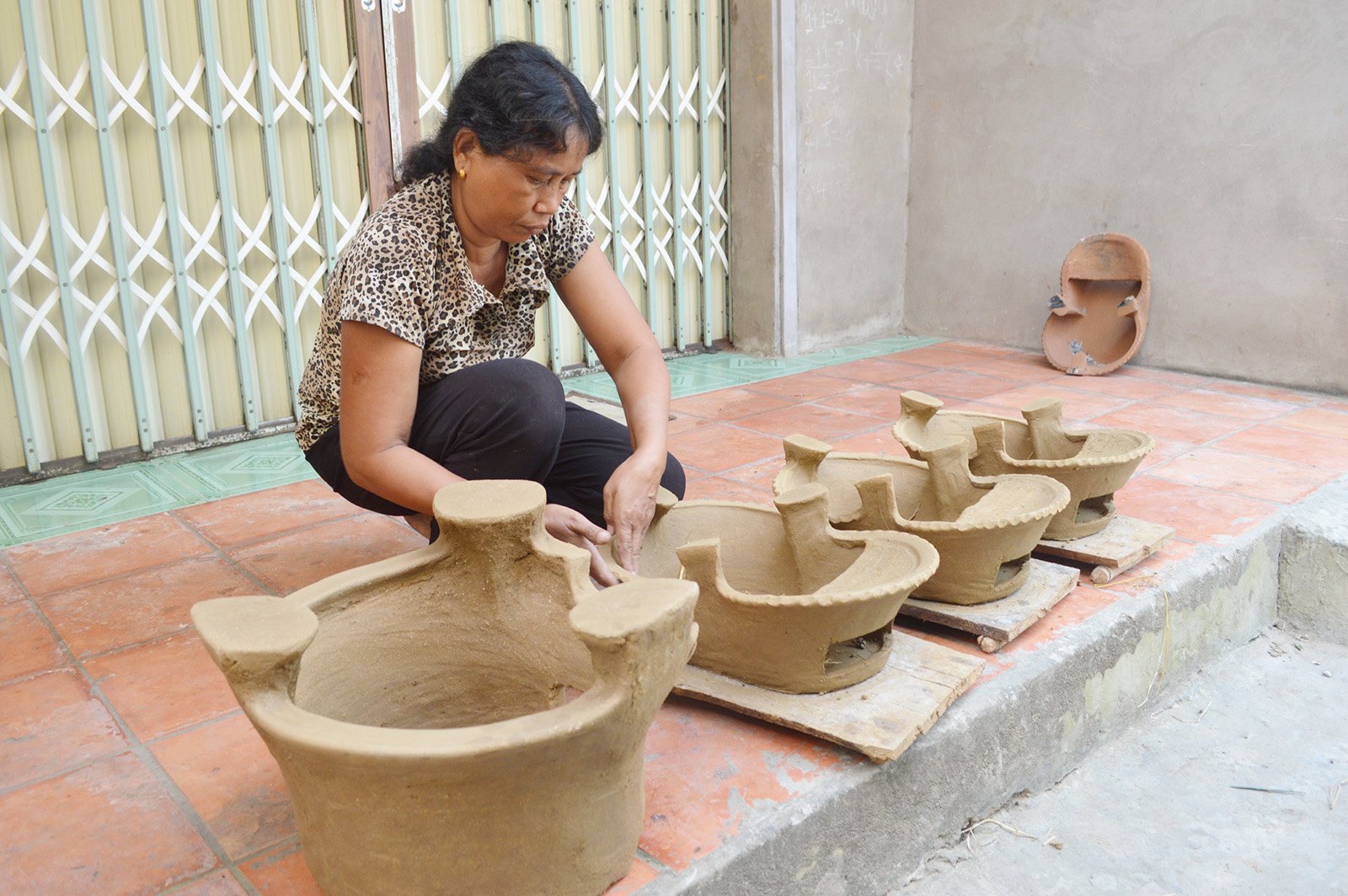
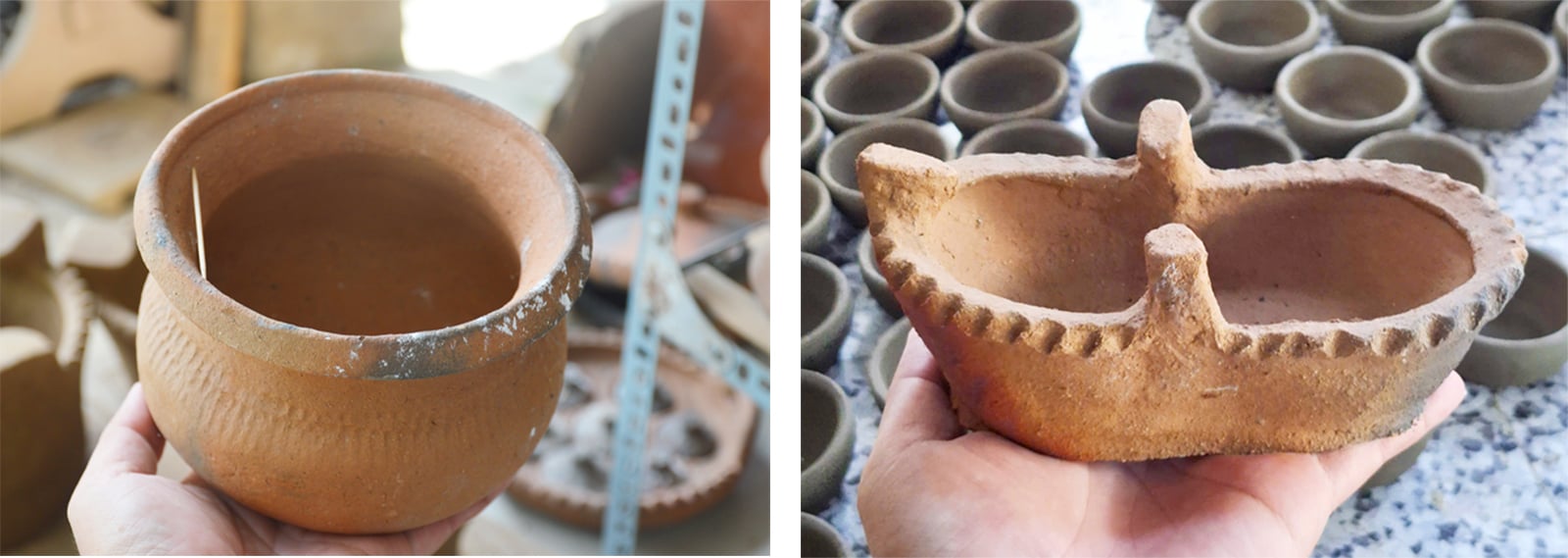





![[Photo] Cat Ba - Green island paradise](/_next/image?url=https%3A%2F%2Fvphoto.vietnam.vn%2Fthumb%2F1200x675%2Fvietnam%2Fresource%2FIMAGE%2F2025%2F12%2F04%2F1764821844074_ndo_br_1-dcbthienduongxanh638-jpg.webp&w=3840&q=75)






























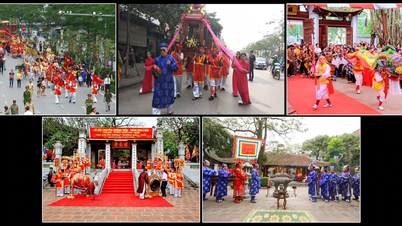

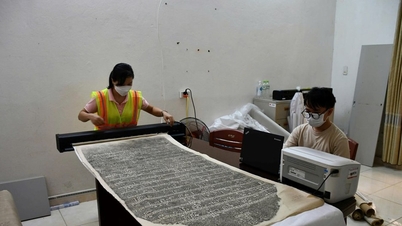

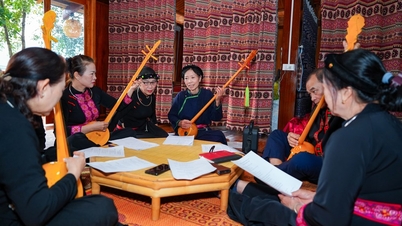



















![[VIMC 40 days of lightning speed] Da Nang Port: Unity - Lightning speed - Breakthrough to the finish line](https://vphoto.vietnam.vn/thumb/402x226/vietnam/resource/IMAGE/2025/12/04/1764833540882_cdn_4-12-25.jpeg)





























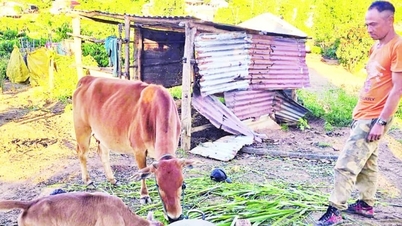

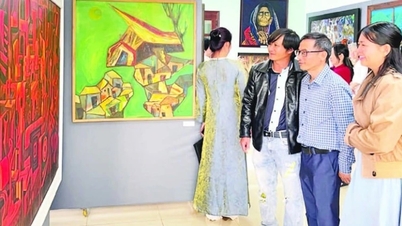
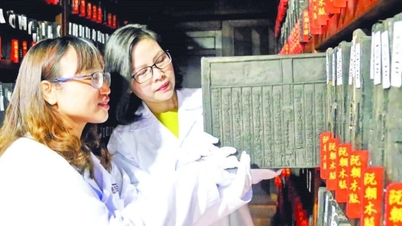












Comment (0)